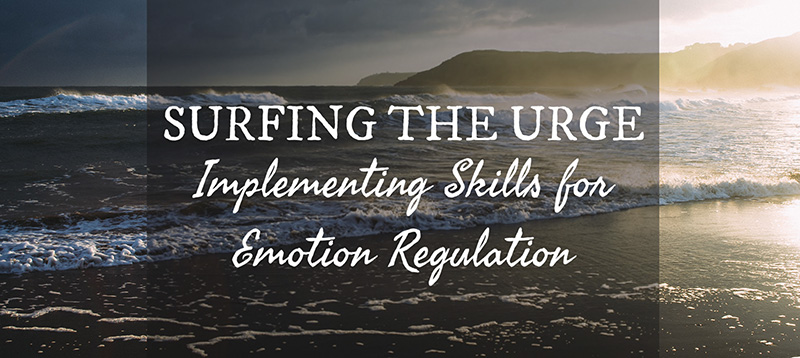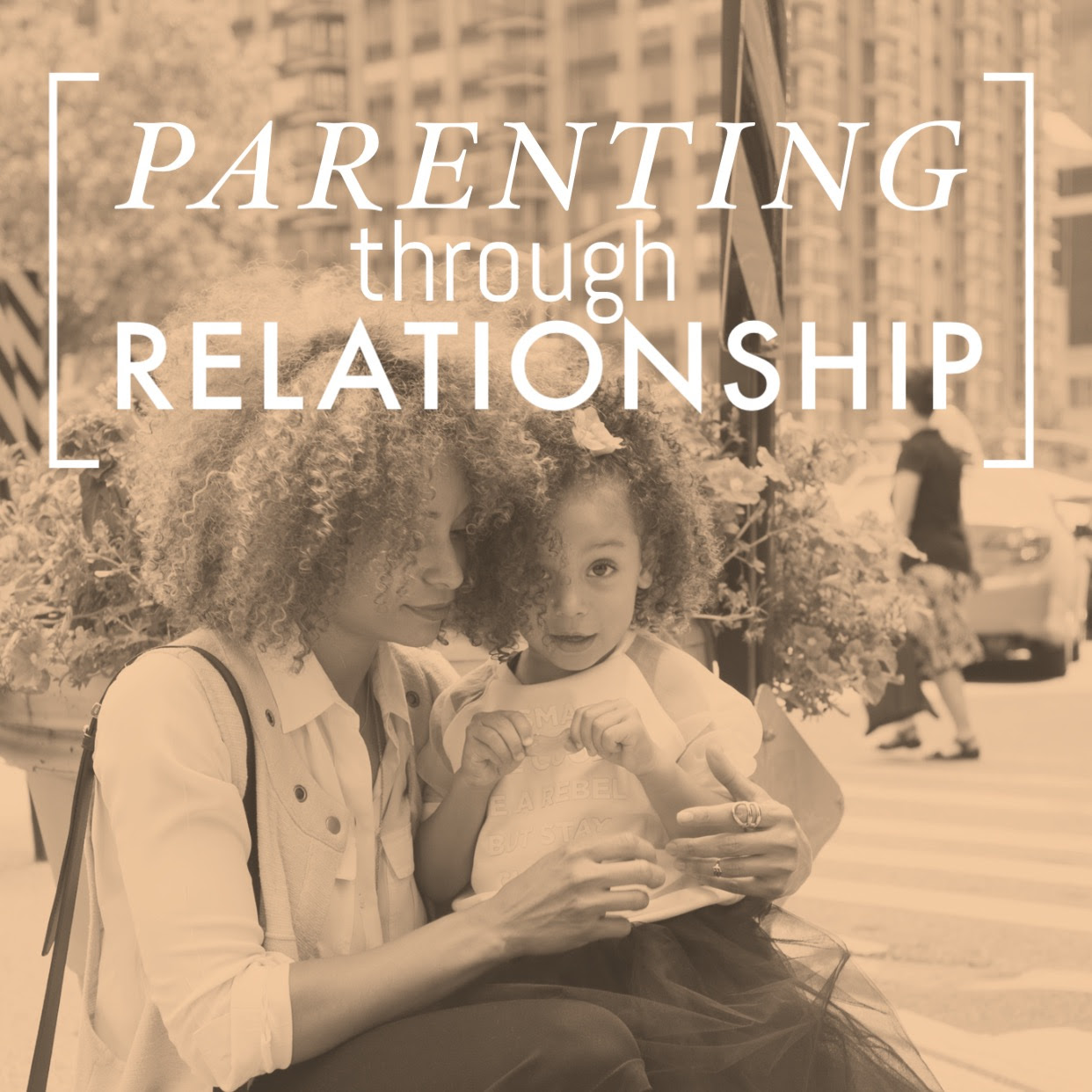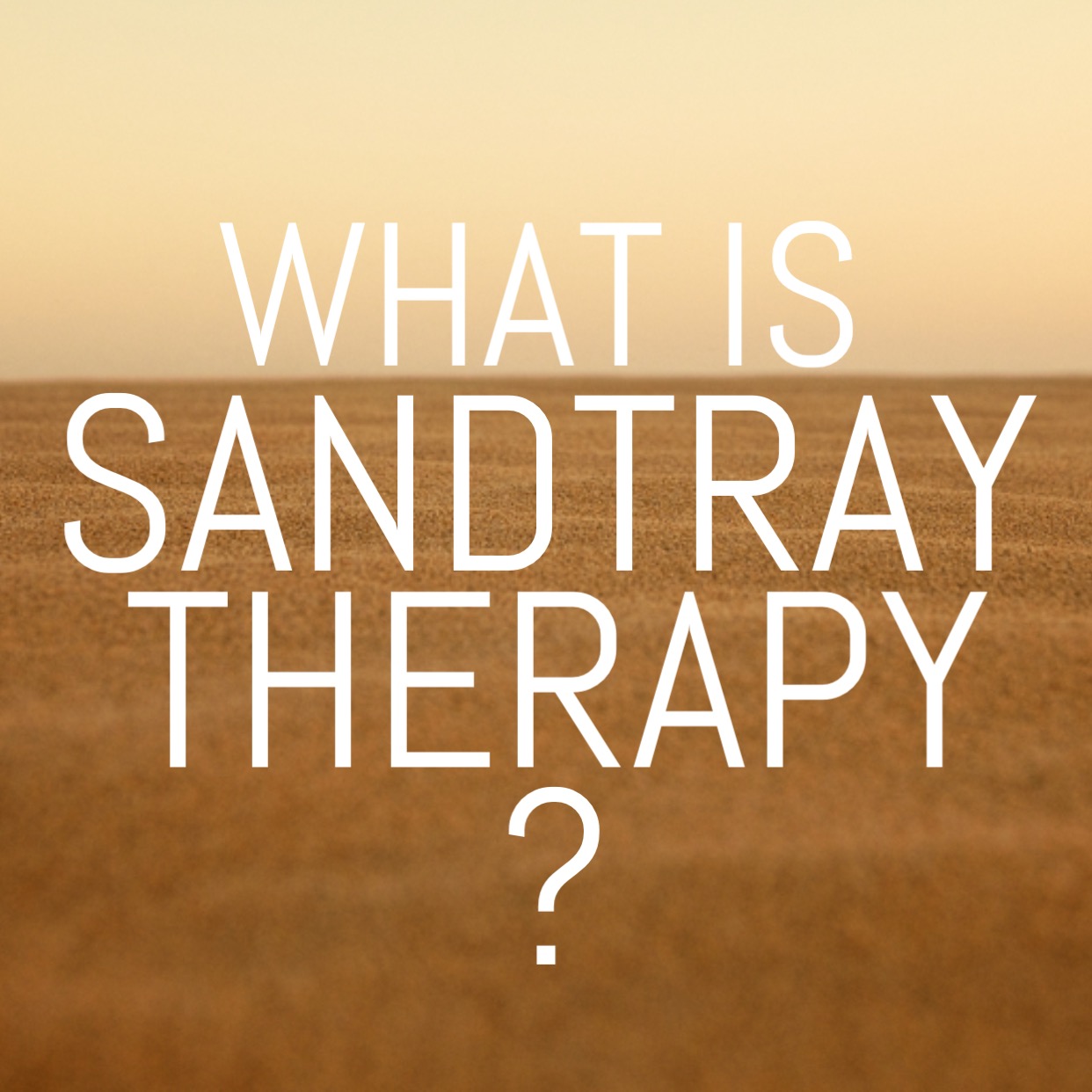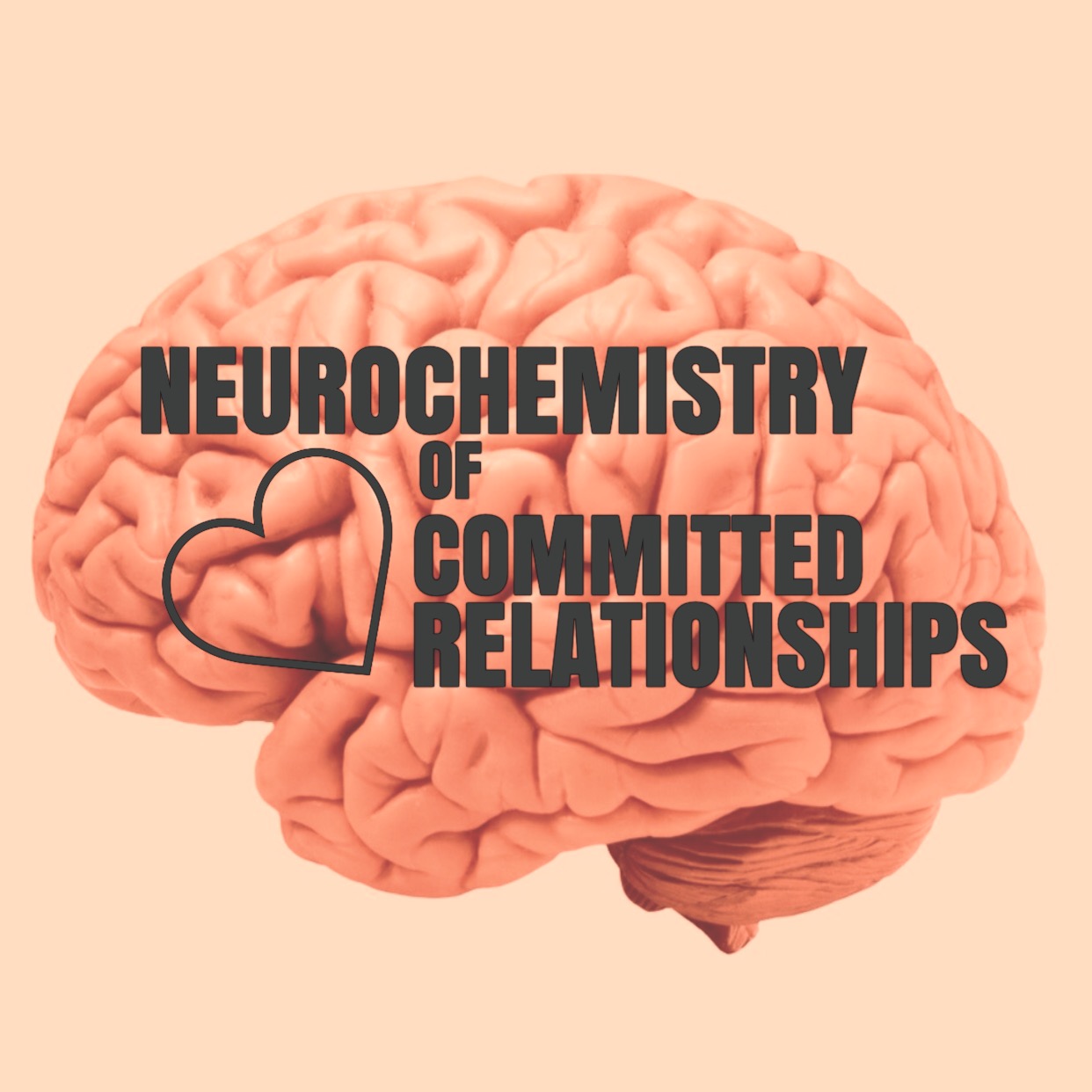-
Surfing the Urge: Implementing Skills for Emotion Regulation
By Amanda Stutz, MA, LPC To stand in the sea, immersed in the water, at the mercy of the powerful surf, is awe-inspiring and incredibly humbling. To be surrounded by the vastness of the ocean and see the power of the waves can cause one to pause. To splash about…
-
Parenting Through Relationship
by Carolyn Knarr, MSW, LCSW, Director of Children’s Therapeutic Services From Genesis to Revelation, God reveals that He is relational. Because of his love for his people, he does whatever it takes to protect relationship with them, to the point of sending His only son to the cross. He understands…
-
What is Sandtray Therapy?
Introduction Sandtray therapy was created by Margaret Lowenfeld, who got her ideas from reading H.G. Wells’ book Floor Games, where Wells spoke of the use of miniature toys while he played with his sons on the floor. This technique was adopted by many others, including Dora Kalff, a Swedish therapist…
-
Neurochemistry of Committed Relationships
Researchers have noted that there are three stages to the development of love, each with their own set of neurochemical responses. Different “happy chemicals” are released during different stages. Since God made our brains and designed them to meet the needs we have in life, our brains have been specially…




